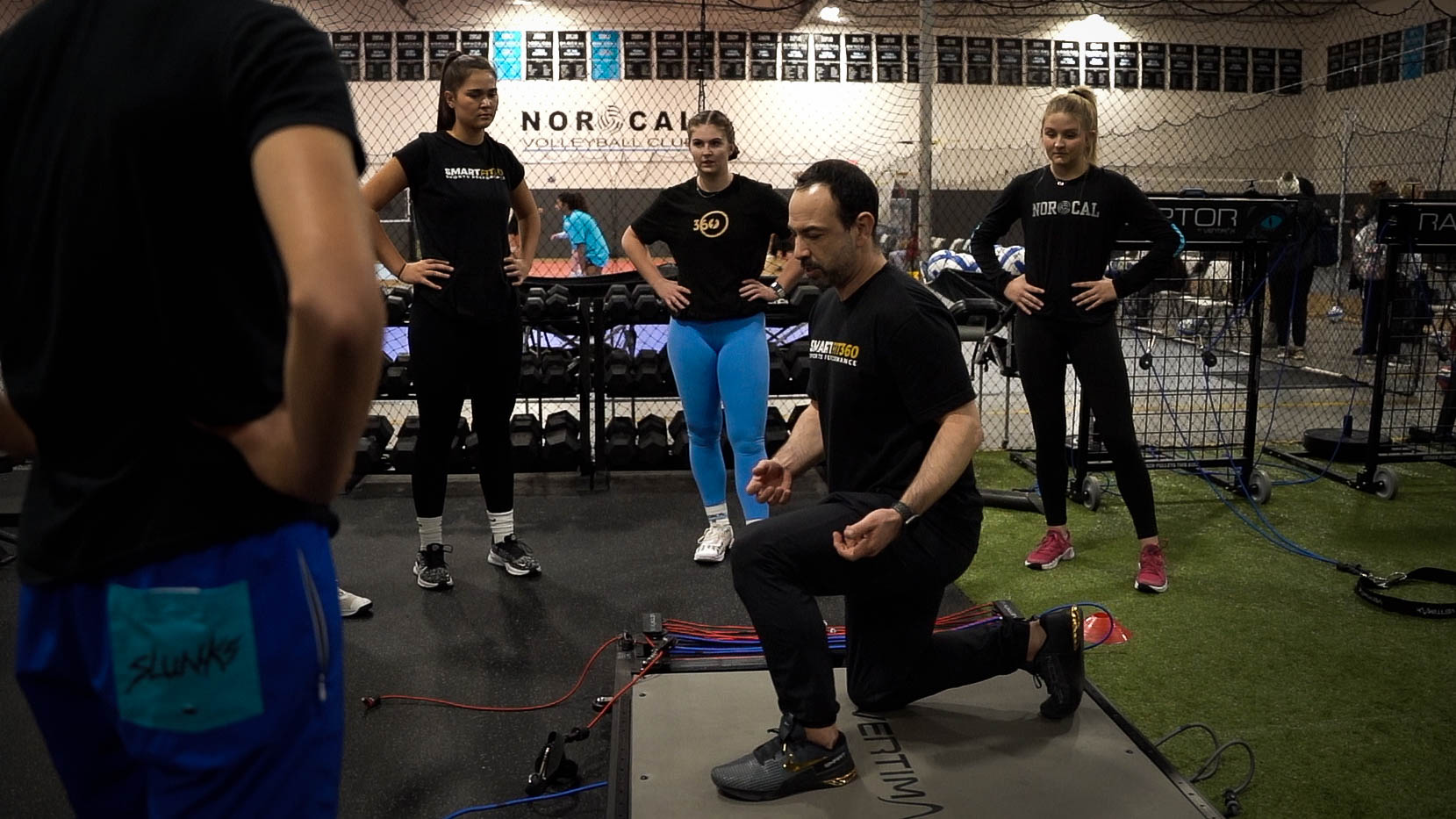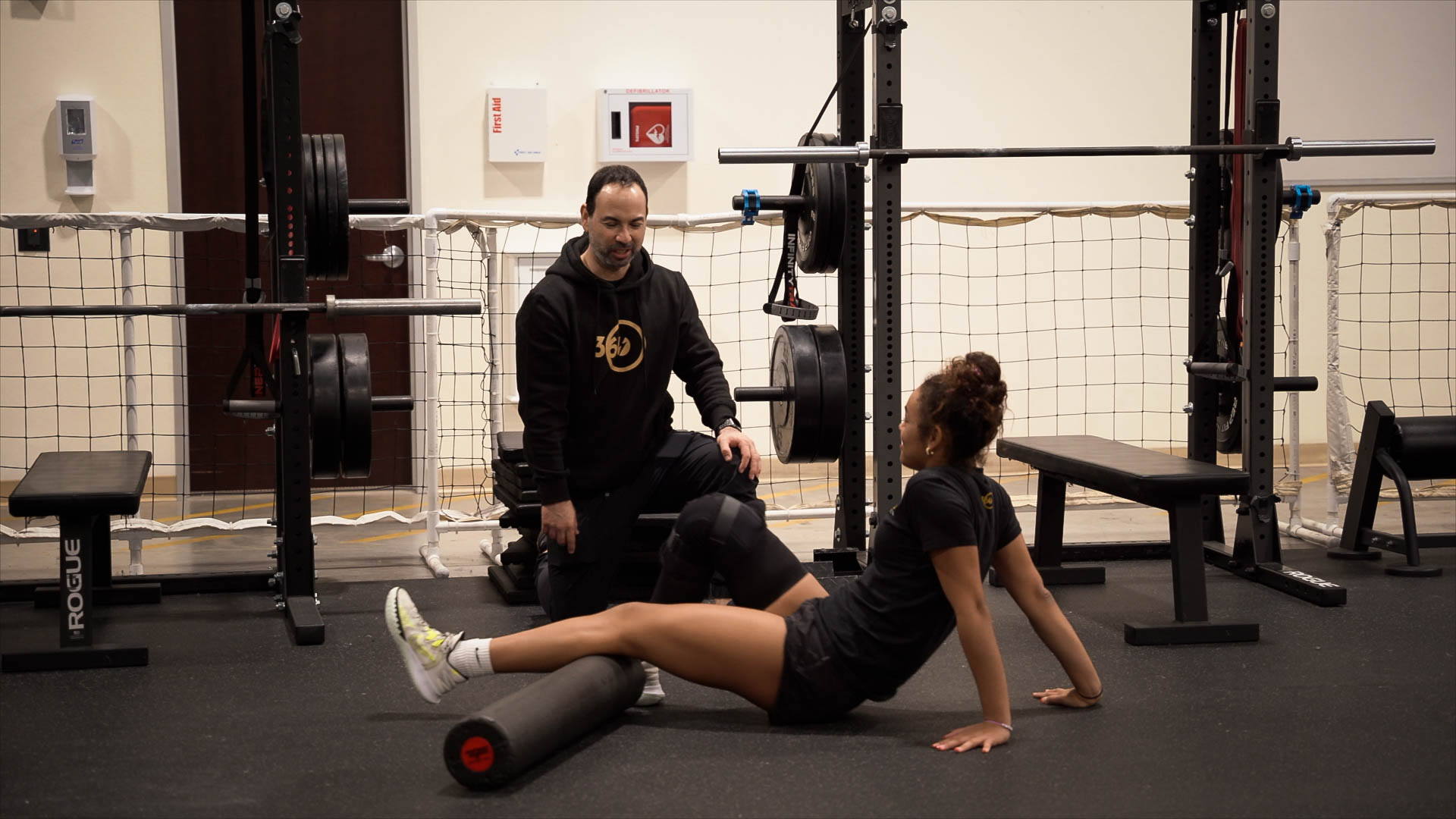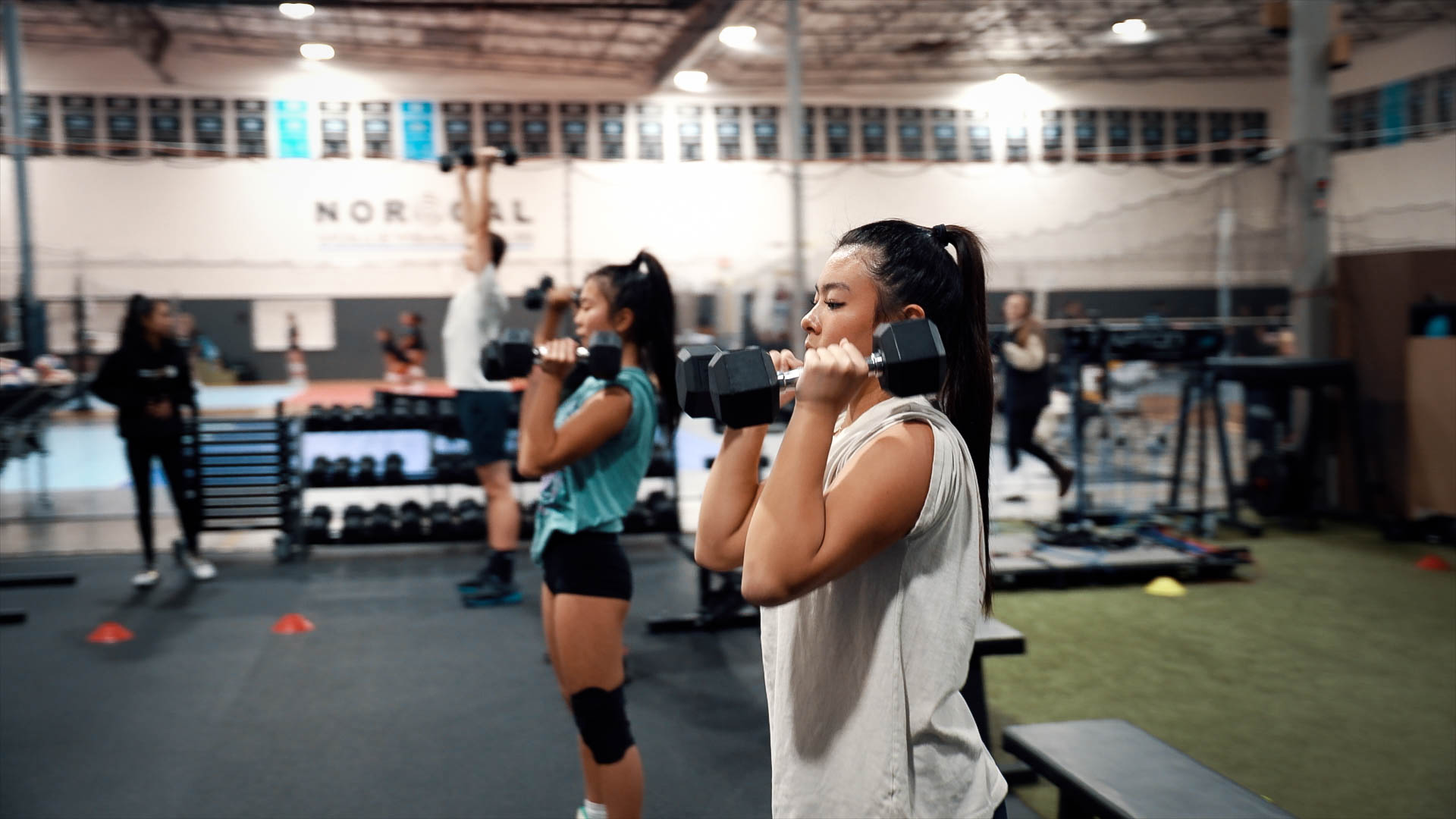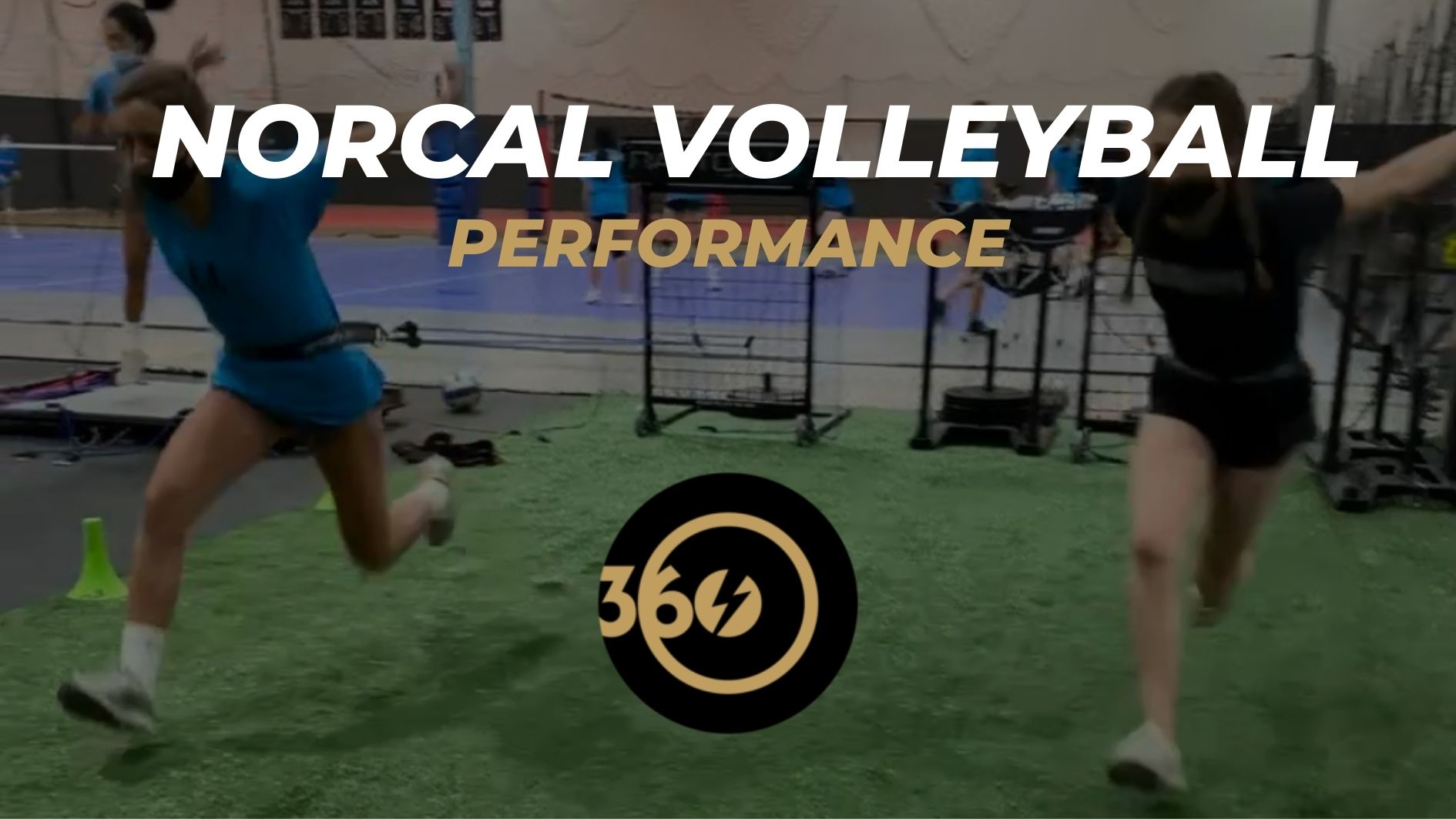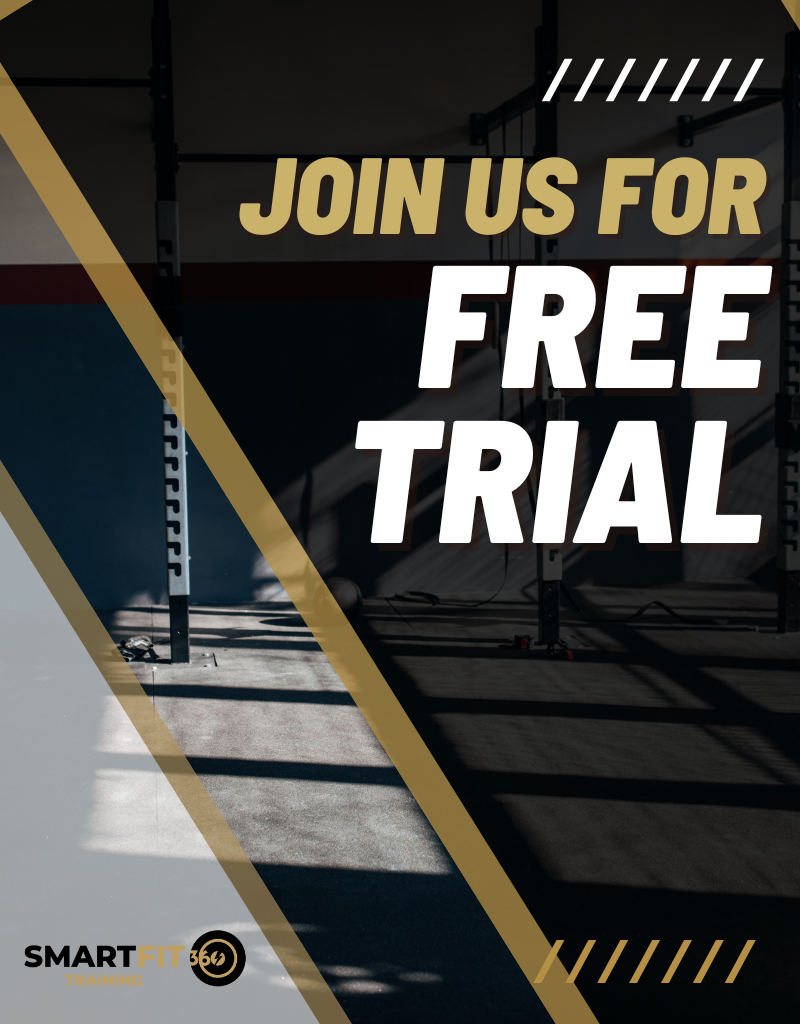THE YOUTH ATHLETE: PART 1 – “WARM ME UP, COACH“
Often I see young athletes begin a training session without performing a crucial component of their short and long-term development: the warm up. Warming up for any sport is as crucial as practice itself. Unfortunately, lack of time, understanding, or patience can lead to this important component being too little, or simply dropped altogether. Here we propose several reasons why a warm-up should always be included for the youth athlete, and offer some suggestions on how to structure your warm-up.
1. A proper warm-up prepares the body for optimal benefit from practice.
We can address the first part of this statement with anecdotal and personal experience – we just feel better after a warm up! But why? In short, a proper warm-up does two things: First, it gradually moves your joints through greater ranges of motion, until full range is reached. Second, it ramps up your aerobic energy systems that will provide you with the recovery that you need after intense bursts of activity. Both of these help explain why a warm-up makes you feel better!
The increased range of motion reduces the risk of acute injury, relaxes joints and thus reduces tension and friction (reducing chronic stress and thus the risk of injury on joints), reduces tension on working muscles, tendons, and ligaments, and ultimately allows for proper movement patterns. All of these result in a reduction of injury, and better performance in practice.
The energy system that we rely on most, for all types of continuous activity, is the aerobic system. When we burn the high octane fuels during intense activity (ATP-PC, and glucose), the energy is replaced through aerobic mechanisms. This system takes several minutes of continuous movement to get up to speed, thus allowing all of your systems to run at full speed. We have all felt this as the ‘second-wind’ we experience several minutes into a run. This also translates into quicker recovery from the high-intensity bouts of exercise that most speed/power sports rely on.
2. A proper warm-up is an opportunity to enhance skill development.
The days of jogging two laps followed by static stretching has long been proven a poor means of ‘warming up’. This has been replaced with the active-dynamic warm-up, which involves a gradual increase from small range-of-movement activities at low levels of intensity, to full-range of motion movements at the highest intensity. Note that if you are trying to improve skills that require full intensity (think sprinting, hitting in volleyball, shots on goal in soccer), then you need to make sure your warm-up prepares your body for that type of activity first!
In addition, a well-managed active-dynamic warm-up can actually add repetitions to your practice plan instead of reducing them. As movement intensity increases in the warm-up you can introduce or reinforce movement skills directly into the warm-up. Acceleration mechanics work well here, especially for younger athletes. Consider that if you spend 15 minutes on a warm-up, 3 times per week through three sport seasons of 6 weeks each, that is 810 minutes (or 13.5 hours) during which you could be working in some form of skill development!
3. A proper warm-up focuses an athlete’s attention on the task for the day.
Finally, this time can be used to shift your athlete’s mindset from the distractions of the day towards the objectives of your training session. The idea here being that you are first allowing loose play and conversation, then slowly shifting attention to the skills and immediate drills in the warm-up, and finally to the specific objectives to work on during your practice. I have observed several experienced coaches using numbers (zone 1, 2, and 3), lights (green, yellow, red lights), or simply verbal cues aimed at bringing the athletes awareness to what they will be focusing on during the training session. The result will be a group who is ready to jump right in and work harder!
But what is an ‘active-dynamic’ warm-up? Here is the breakdown:
Slow, easy, small range of movement activities should come first. This serves to increase body temperature and begins to mobilize joints that may be stiff from long periods of inactivity (sitting in class all day). This could involve simple activities such as jogging back and forth between cones 20 meters apart, or low intensity jumping jacks or jump rope.
The next component is general mobility movements that focus on specific muscle groups. Shoulder rolls, small arm circles, hip rotations, walking knee hugs, and heel-to-toe raises, for low repetitions in between 20 meters jogs are perfect.
Dynamic mobility movements can follow these, where you begin to increase both the range of movement and the speed of movement. Examples include arm swings, A-skips, butt-kickers, mountain climbers, body weight squats, lunges (in all directions), and Burpees (‘up-downs’).
Each of these should be followed by an increase in the runs between cones. An easy way to express the speed is to use the terms jog, run, and sprint. Or jog, 50% speed, 75% speed, and full speed, depending on the age of the athletes.
Finally, after 10-15 minutes of the above, the athlete should be ready for full or near full motion and speed activities. Walking straight leg kicks, speed skips, high skips, and full speed sprints fall into this category.
There are hundreds of examples of activities that could be used for each of these general areas, but regardless of your choices, the result is an athlete that is able to work at 100% at the end of the period. A short break with a drink of water, and your athletes can enter directly into full intensity drills or practice!
Static stretching does have a role in the life of the athlete, and can play a part in injury prevention when performed after practice or competition. This can help maintain or improve range of motion and reduce soreness after training or competition.
As Coaches of young athletes, it is critical that we teach them the value of spending 10-20 minutes performing a proper active dynamic warm-up prior to their practice or competition. The tools we provide them with now will help ensure their long-term success throughout their active lives.
Article provided by:
Jose Aguayo CSCS
Owner, SMARTFIT360, Premier Athletic Training Facility.
John M. White, M.S.
Lecturer, Human Anatomy and Physiology, University of Portland
Former Performance Director, Velocity Sports Performance, Dublin CA (2003-2008)
Former Head Strength and Conditioning Coach, University of San Francisco (1995-2003)
This article is provided for the education of both parents and athletes alike. Please contact coach Jose if you have further questions.

